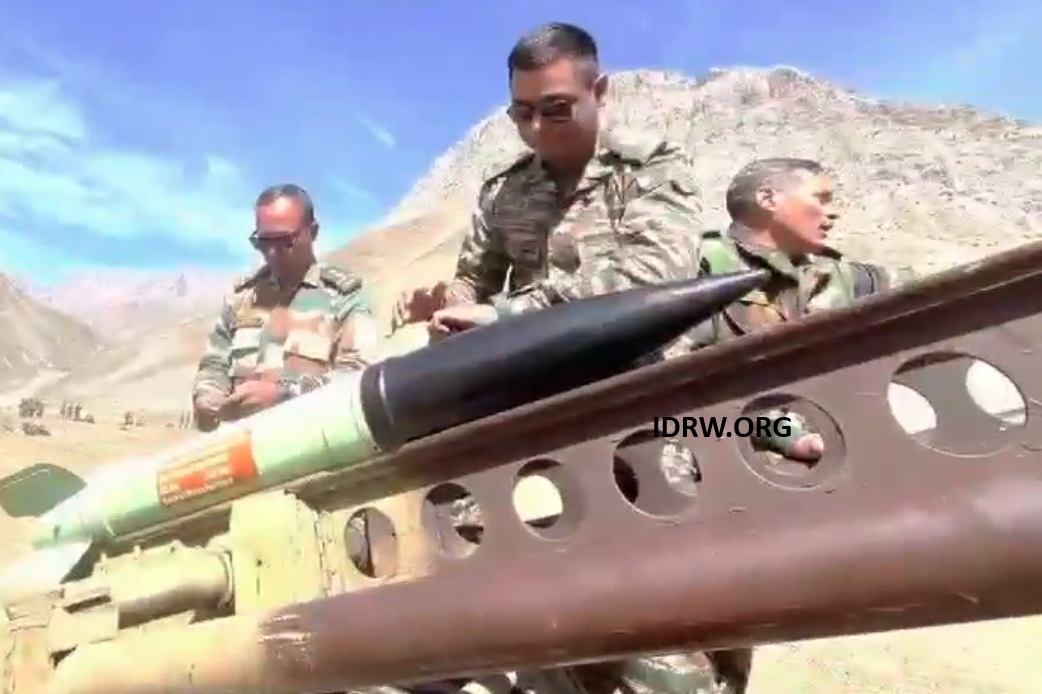SOURCE: AFI

In a significant achievement, the South Western Command of the Indian Army has completed the maiden flights of Air Target Imitators (ATIs) in a high-altitude area, marking a pivotal moment in the Army’s efforts to enhance operational readiness. This breakthrough demonstrates the Army’s commitment to pushing technological boundaries and utilizing innovative methods to train air defense troops in challenging environments.
The deployment of the ATIs in high-altitude areas opens up new opportunities for air defense troops to train in a realistic combat environment. These air target imitators are designed to replicate the flight characteristics of piston-engined or jet-propelled aircraft, emitting energy in the infrared wave band to simulate a wide range of aerial threats.
Such imitators provide a cost-effective alternative to expensive target drones, enabling ground crews to practice their skills in detecting, tracking, and engaging airborne threats with MANPADS. The ability to train in high-altitude areas—where the operational environment is far more demanding due to lower oxygen levels, extreme cold, and challenging terrain—adds a critical dimension to the Army’s preparedness.
While the Army has not officially disclosed the developer of these Air Target Imitators, industry speculation suggests that Premier Explosives Ltd., a leading Indian defense company specializing in high-performance defense equipment, may have played a role in the ATIs’ development. Premier Explosives Ltd. has a reputation for producing high-quality defense solutions for the Indian Armed Forces, and its involvement in this project would align with its expertise in aerospace and defense technologies.
High-altitude areas present unique challenges for military operations, particularly in air defense. Training in such environments ensures that troops are fully prepared to defend against aerial threats in the country’s mountainous borders, such as those in the Himalayas and Ladakh region. The ability to conduct realistic training at high altitudes is critical for maintaining the Indian Army’s operational readiness, especially given the complex security challenges in these regions.
The deployment of ATIs for training purposes represents an important step in enhancing the Indian Army’s capabilities to defend against diverse aerial threats in such environments. The successful completion of these maiden flights will undoubtedly pave the way for more comprehensive training programs, allowing troops to gain critical experience in deploying air defense systems effectively under extreme conditions.